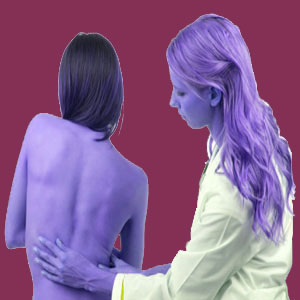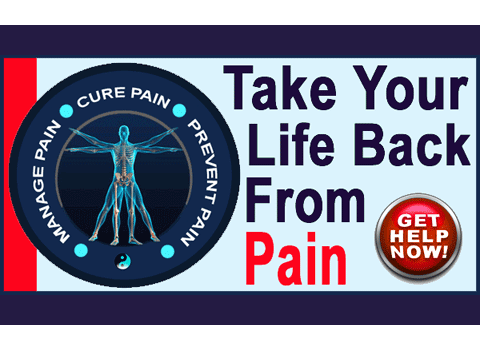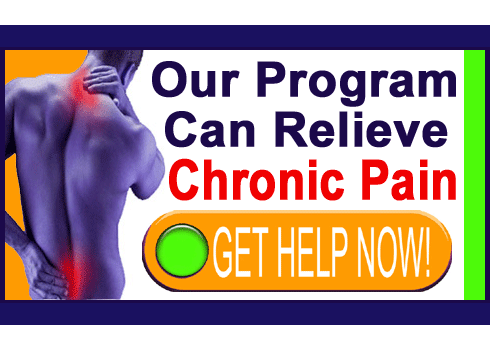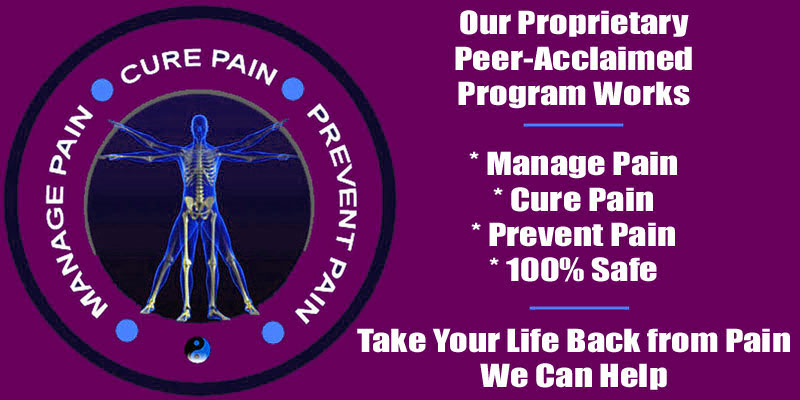
Scoliosis treatment comes in many forms, but can always be classified into one of three objectives: symptom-targeting, progress suppressing and reversal of the present curvature. No matter which type of care is chosen, patients will have to face both positive and negative factors in association with their therapy selection. The entire process can be very confusing and frightening, so it is our goal in this vital section to explain the risks, limitations and rewards of every possible therapeutic option to assist patients in making the very best choices possible when it comes to treating scoliosis.
As patient advocates, educators and researchers, we would be remiss in not beginning this section with the most important and basic of all facts. Most scoliosis does not cause pain and will not progress to the point of requiring any type of professional interventional care. However, some cases will require treatment in one form or another and a minority of cases will require invasive care. However, all patients should be professionally evaluated and monitored by objective, quality physicians in order to be certain that their condition does not change and require more proactive care at some point, especially if significant symptoms develop.
This crucial resource section examines all the major therapeutic interventions for scoliosis. We will examine symptomatic care that ignores the curvature itself, as well as methods that seek to reduce the progression of atypical curvatures to ever-more clinically significant levels. Finally, we will discuss methods of care that seek to reverse the actual degree of curvature, bringing the patient back towards a more normal spinal profile.
Scoliosis Treatment Classification
All forms of scoliosis treatment can be categorized according to their goals. Since scoliosis is not inherently painful or pathological, there is nothing that needs to be “cured”. Instead of classifying methods that address the direct source of pain in an effort to resolve it as curative, as is common in virtually all other dorsalgia diagnoses, we use alternate terminology when discussing therapies that address the actual spinal curvature in cases of scoliotic formation. There are 2 distinct types of treatment that act directly on the spinal curvature: suppressing and reversing.
Suppression treatments seek to prevent continuing progress of the scoliotic curvatures. They are a form of preventative care that is used to stop the curvature from worsening with time and especially with anatomical growth from childhood to adulthood. All forms of bracing and some forms of exercise are categorized as suppressive care.
Reversal treatments seek to actually undo spinal curvature and attempt to straighten an abnormally curved spine. For functional cases of scoliosis, reversal care can be conservative and physical-therapy-based. However, for structural skeletal scoliosis, the only type of reversal care that is possible comes via dramatic surgical interventions involving multiple level spinal fusion. We detail operative practices for scoliosis elsewhere in the website in our scoliosis surgery section.
Besides treatment that acts on the scoliosis itself, there are also a large number of care practices that do nothing to address the scoliotic curvature, but instead simply target symptoms, helping to make life with pain and physical deficits more bearable. These practices are called symptomatic scoliosis treatment.
Spinal Curvature Treatment Choices
There are many different options when it comes to treating scoliosis. Some methods of care are geared towards preventing the progression of scoliotic curvatures, while others are intended to reverse curvature. Many care practices are simply meant to provide pain relief for patients who are symptomatic, while doing nothing to address the actual curvature itself. Below are the most commonly utilized therapies for scoliosis. As each new topical discussion is published, it will be added to the list below:
What are the best drugs for scoliosis? Drug therapies have severe risks to consider, but are still indicated for some patients. Scoliosis injections are pharmacological symptom-targeting care via hypodermic needle.
Bracing for scoliosis is one of the most common forms of treatment in young patients. Bracing is rarely indicated or effective for adult patients.
Scoliosis exercises are always a good addition to any therapy program and serve several possible uses. The Schroth Method is very popular and generally provides good results.
Chiropractic for scoliosis might provide curative benefits for functional scoliosis, but will not likely undo structural spinal changes. Chiropractic might also help provide symptomatic reduction for some patients.
Acupuncture for scoliosis is a great alterative to pharmaceutical therapy that can be just as effectual as drugs, without all the negative health consequences.
Massage for scoliosis is a soothing form of treatment that might help reduce symptoms and even work to resolve some muscular causes of functional scoliotic changes.
Posture therapy for scoliosis can be very helpful for patients of all ages. Alexander Technique for scoliosis can be a fantastic form of postural correction that might prove useful. Alexander therapy might also help improve breathing capacity.
TENS for scoliosis is a form of electrotherapy that can disrupt nerve messages, reducing symptoms and providing relative safe pain management.
Inversion for scoliosis uses the power of gravity to reduce symptoms and relieve neurological compression. Inversion will not correct spinal curvatures, however.
Scoliosis therapy choices are diverse and can be confusing. We provide expert guidance in this continually updated essay.
Our Cure Back Pain Forever Program is perfectly suited for patients who need safe, effective pain relief. The program is available to help you right now, with 24/7 online access worldwide.
Scoliosis Treatment Selection
Finding the best treatment path for your specific needs can be very difficult, since there are many choices and much mythology still circulating about scoliosis. We recommend doing your due diligence and learning all you can before making up your mind on the ideal therapy. There is rarely any emergency need to commit to a treatment immediately. Instead, it is always the safest path to seek several opinions about diagnosis, prognosis and treatment needs before deciding on what to believe when it comes to the condition of your spine or your child’s spine.
Scoliosis > Scoliosis Treatment






